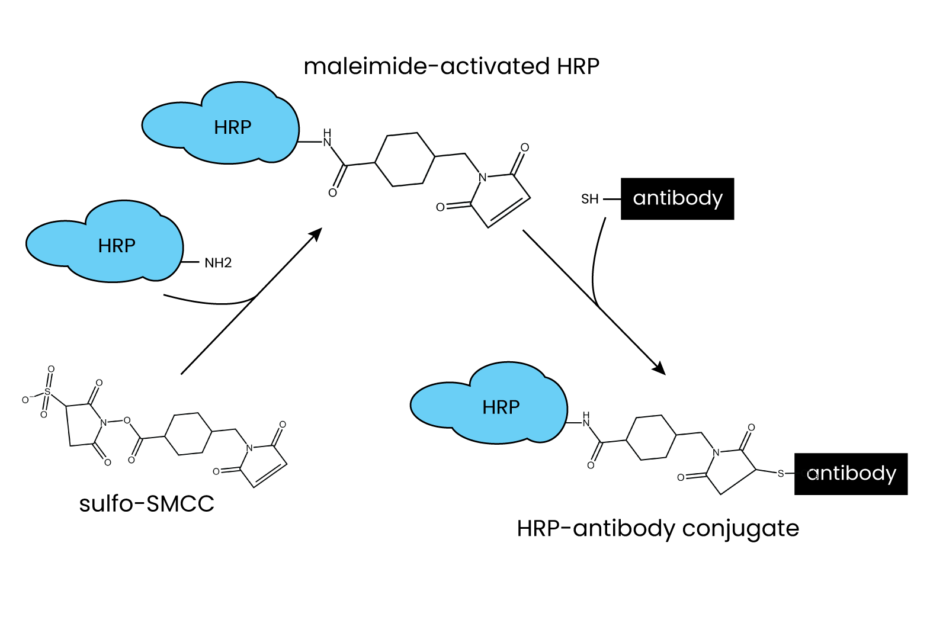The Unsung Heroes of Immunity: White Blood Cells – Macrophages, Neutrophils, Basophils, Eosinophils, and More
Introduction When it comes to our body’s defense mechanisms, the spotlight often falls on antibodies, vaccines, and immune responses. However, beneath the surface, there exists a remarkable team of unsung heroes: white blood cells. These microscopic warriors play a crucial role in safeguarding our health.… Read More »The Unsung Heroes of Immunity: White Blood Cells – Macrophages, Neutrophils, Basophils, Eosinophils, and More







